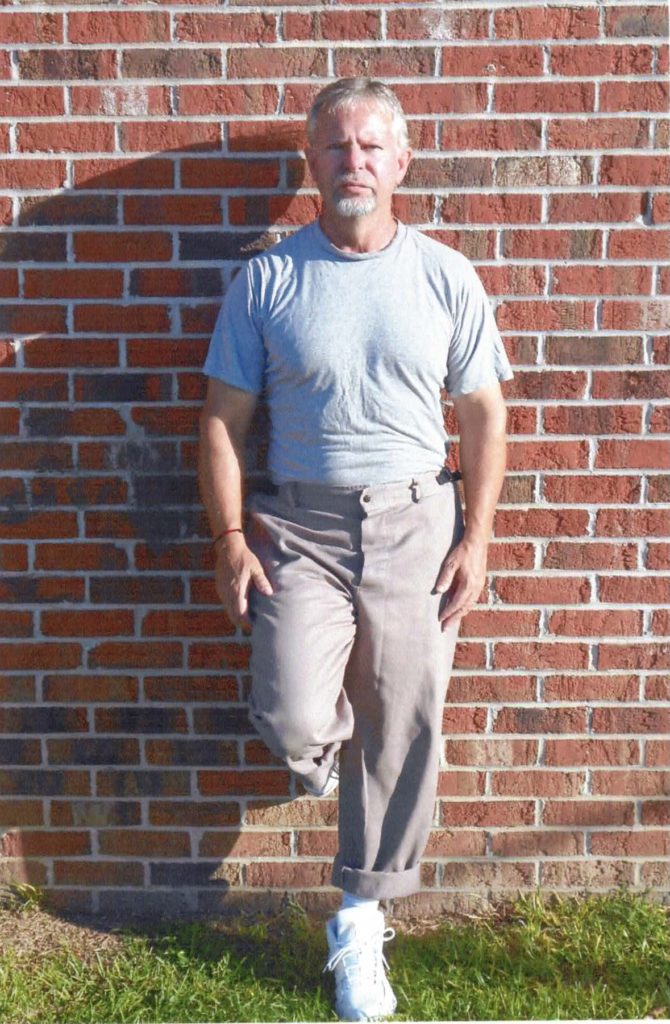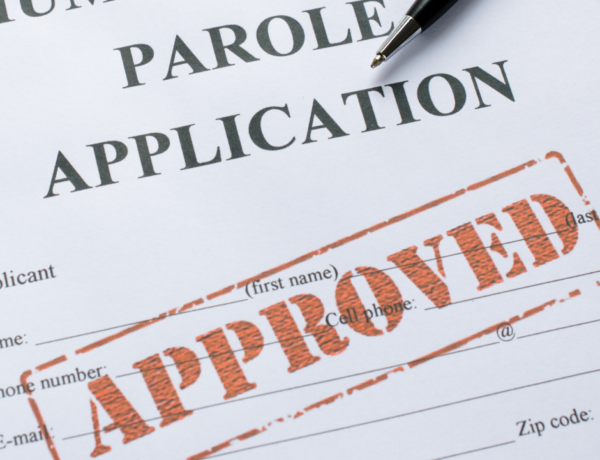Statistics really do tell the story. Most academic and scholarly people know this. They investigate and do research and spend hundreds of hours looking at documents, reading journals, and conducting interviews to help them understand issues pertinent to their cause. It’s what they do as part of their quest to find answers on various issues.
It’s also what criminologists and sociologists do when they want to know those things that contribute most to criminal behavior, crime, and recidivism rates, as well as employability rates of ex- prisoners. They are the experts when it comes to this subject and field of study. They pour over the data, look at the numbers, and put in the difficult work in an attempt to find solutions to difficult problems. It’s extremely hard work, to be sure. But it’s these folks who put in this work that understand the importance and value of knowing the truths and facts discovered within these statistics and data. And, as a result of this work, they recognize the impact that some of these statistics and data could potentially have on segments of our society, especially those living in impoverished communities that are most vulnerable to crime. They also are made aware of the potential impacts of these data and statistics on cultures: How these statistical results can be used to shape and develop policy, formulate rehabilitation programs within our prisons, and turn local community cultures into thriving and exemplary places where crime and rebellion become things of the past.
Yet, there exists this obvious, perhaps disingenuous, disconnect between what our esteemed academic and scholarly researchers have discovered and concluded on criminal justice issues–on what works to improve outcomes, on what works to reduce recidivism, and what helps to improve employment opportunities-and what actually becomes meaningful information that can be realistically debated by our political representatives and enacted into legislative policy where it can have the greatest impact on those it’s geared most to affect-the imprisoned, ex-felon, and the socio-economically disadvantaged.
The Core Statistical Facts
As most Americans already know, the United States incarcerates more of its citizens than any other country in the world (World Almanac, 2019). In 2016, the United States had close to
1.5 million people in prisons, in comparison to nearly 314,000 people incarcerated in 1979 (Bureau of Justice Statistics, 2018). To add perspective, this means that out of every 100 thousand American citizens nearly 700 are incarcerated in either jails or prisons. On the economics side of the incarceration issue, it costs approximately thirty-eight thousand dollars per year to house each prisoner (and this does not include those prisoners who have medical needs that require outside treatments) (Bureau of Statistics, 2018).
To further add to this reality, the average age of America’s prison population is steadily increasing, thus enhancing the probability that those costs associated in housing prisoners will continue to climb in the foreseeable future-as a result of more medical treatments, etc. Yet, approximately 95 percent of incarcerated offenders will eventually be released back into society (College for Convicts, 2014). And, sadly, approximately 70 percent of those released from America’s prisons will return for a second time within three years after their release (providing that they do not participate in self-help, or higher education programs while in prison, i.e., academic or vocational programs) (Bureau of Justice Statistics, 2018; The Journal of Correctional Education 70(2), August 2019). Staggering statistics, eh? So, what does these statistics and data tell us as a society? ·
Societal Realities
For one thing, they certainly tell us that we have a serious incarceration problem, right? But more than this, I think they tell us that we have a problem with our inability to reckon with a system that remains broken, with a system entrenched in the belief of retribution instead of rehabilitation, and one that continues to perpetuate outdated views on punishment and rehabilitation-all in the guise of, at least in many instances, unfounded and unsupported biblical “religious” principles and morals, principles and morals that adhere, at least in many ways, to the notion that we should “lock’em up and throw away the key,” principles and morals that overlook Biblical stories on redemption and forgiveness (The Prodigal Son, David, Paul, etc.}-and then somehow believing that a system, with these modes of thinking, that favors punishment over rehabilitation, that the- problems of crime and-recidivism-in this country will eventually go away. In addition, I think these statistics and data tell us, despite our core beliefs, better judgment and “better selves,” that we continue to be supportive of a corrupt system that is conveniently, nefariously, and opportunistically highlighted by certain politicians in this country, and then used by these politicians as a moral “clarion call,” during each election cycle, to rally support in a cynical, immoral, and self-righteous effort to gain power through our sacred democratic election processes-and it works time and time again in spite of what we know to be a false and disingenuous narrative, and in spite of all the data that tell us the hard truths and presents to us a completely different story.
Still, many continue to vote for these same folks, and then they pray that the problems concerning crime in their neighborhoods will somehow get better. Yet, the problems with crime and recidivism in their neighborhoods continue to persist. Even after decades have passed, and even after many lives have become victimized by an ineffective and broken system, the problems remain; and, in many instances, they get worse. So, you might ask: What can be done to ameliorate the genuine problems within our criminal justice system?
The Experts, The Facts, What Works
To begin with, I think we would be wise to listen to the experts and let the data and statistics become the drivers of our criminal justice system’s policies and decisions instead of allowing our politicians to conveniently hijack-and capitalize on-this incredibly serious and expensive moral and cultural problem. Moreover, I think we should go with what we knowand has been proven to work in other countries, and in the few institutions and prisons across our country, specifically in state prison systems in New York, Virginia, and Massachusetts. In Virginia, specifically, where educational programs are being instituted in many prisons, recidivism rates are below 25 percent, which is 45 percent below our national average of nearly 70 percent (The Journal of Correctional Education 61(4), December 2010). As well, in other prison institutions in the state of New York, where prisoners earned a two-year degree or higher, they were 60 to 70 percent less likely to recidivate than those who do not complete a program




No Comments